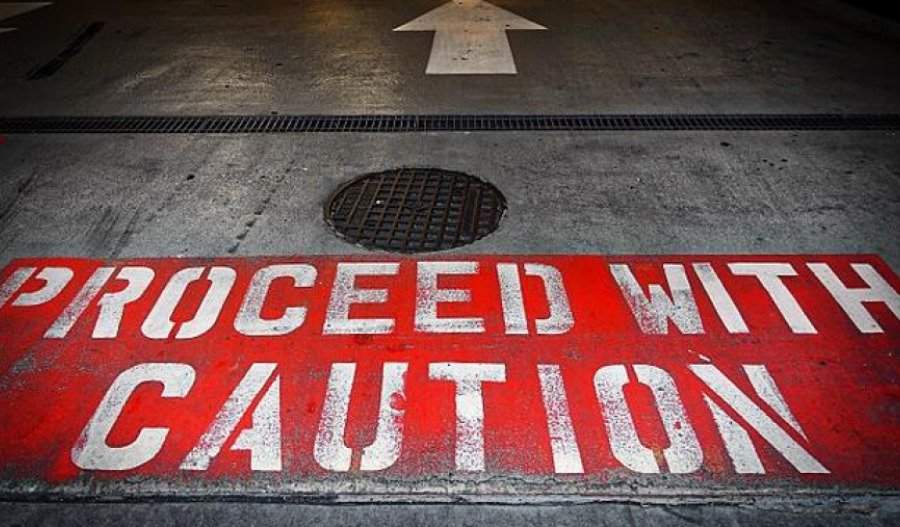With the Reserve Bank of Australia (RBA) expected to reduce the cash rate to 3.1% after three or four cuts later this year, there is no better time than to understand how lower interest rates affect the shares you own. By getting your head around the overarching dynamics between interest rates and listed companies, you’ll be much better informed about which ones to own in the long haul.
It’s not rocket science – in a low interest-rate environment, companies simply have what’s called a lower expense ratio.
From an accounting perspective, this means less interest expense on a company’s profit and loss statement, and this can find its way to the bottom line – and potentially greater profits.
Companies' values and interest rates move opposite ways.
Interest rates and earnings
However, what many within the financial services sector struggle to explain, says Montaka Global chief investment officer Andrew Macken is that by far the biggest effects come from what’s called A) the applied discount rate on future cash flows, and B) that lower interest rates result in higher earnings multiples.
When thinking about the discount rate on future cash flows, adds Macken, imagine you could put your cash into a term deposit and earn 4%.
In this world, a company yielding, say 5% in earnings annually is OK, but not great given the increased risk you take by investing in a company.
“Imagine now the term deposit rate falling to just 1%. All of a sudden, the 5% earnings yield company is much more valuable in this low-interest-rate environment,” Macken said.
“This is why the value of companies goes up when interest rates go down.”
A magnified effect
That’s because lower interest rates tend to have a more magnified effect on stocks that are growing faster – aka growth stocks.
This means that the more growth a company has, the greater the upward push on its asset prices.
“As a result, investors should really focus on long-term, sustainable growth stories,” Macken explained.
“Companies that can grow their earnings sustainably over the long term have the potential to significantly increase in value low interest rate environment.”
Some workings
Here’s a simple, yet useful example to illustrate the magnifying effect that lower interest rates have on growth stocks.
Imagine a stock increasing its earnings by 1% annually. In a 4% interest-rate world, its P/E ratio should be around 12x.
But in an environment with 2% interest rates, its P/E ratio should be around 16x. To put it another way, this stock would be worth around 33% more if interest rates fall from 4% to 2%.
Need further explanation of the nexus between interest rates and individual companies? Macken suggests thinking of it as simply the ‘opportunity’ cost of capital.
For example, $1 in your hand today is worth more than $1 in your hand in a year’s time, because you could have invested that dollar and earned a return in the meantime.
“The higher the return you can earn on that dollar, the lower the value of the future dollar. And vice versa when interest rates are low,” Macken said.
“When the opportunity cost of investing is low, the higher the value of the future dollar.”
New interest rate dynamics
It’s equally pertinent to remember, Macken adds, that any asset is priced based on the cash flows the asset will generate, and is discounted back, courtesy of the function of interest rate levels into the future.
But if interest rates were merely low today, and back up to historical levels next year, he also reminded investors there would be no real change in asset prices.
“In that context, what really matters is the long-run interest-rate expectations – five to seven years and beyond – and not simply what the Reserve Bank does to rates today.”
Companies most likely to benefit from lower-for-longer interest rates, notes Macken, will be those with higher growth projections, clean balance sheets – ideally with net-debt to equity below 30% – and sustainable core earnings.
“Growth stocks carrying a lot more debt also stand to benefit, as the cost of borrowing will be lower for longer, and fair multiples will also go higher.”



